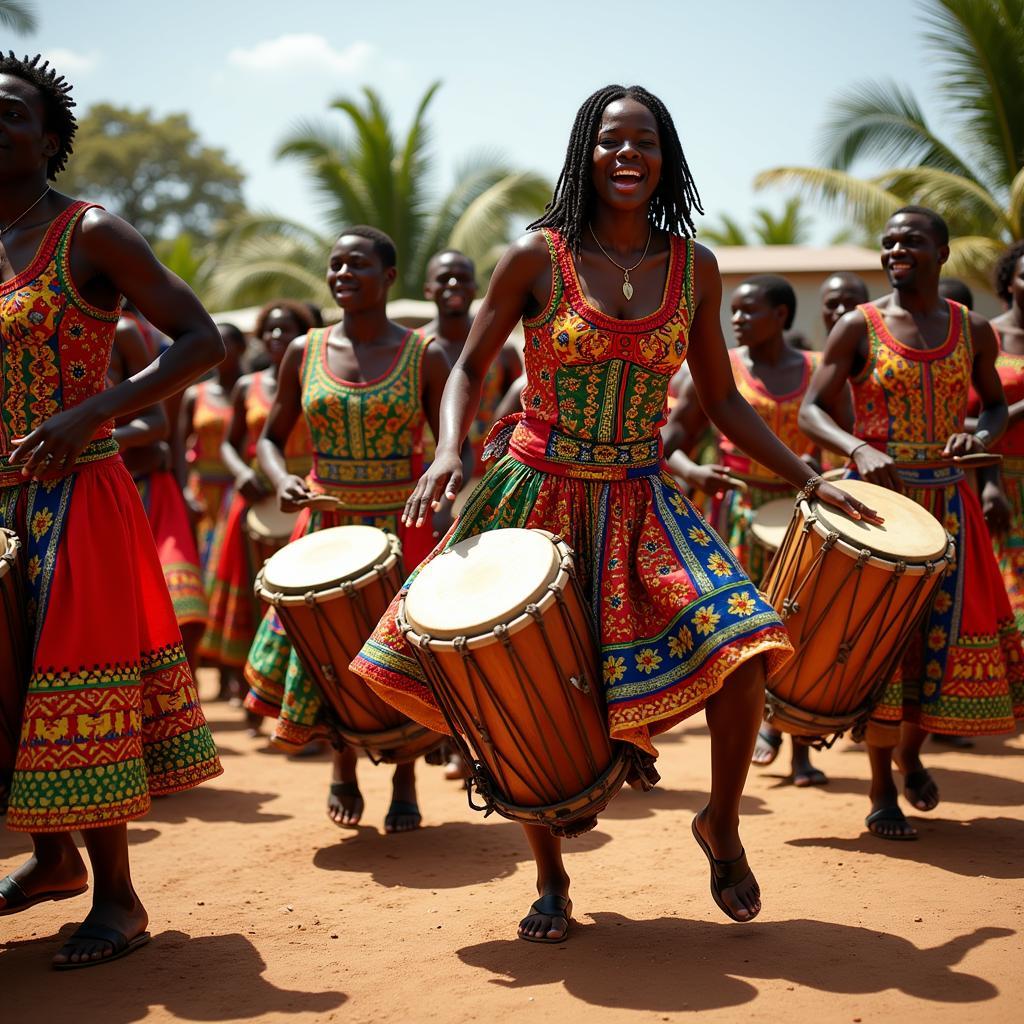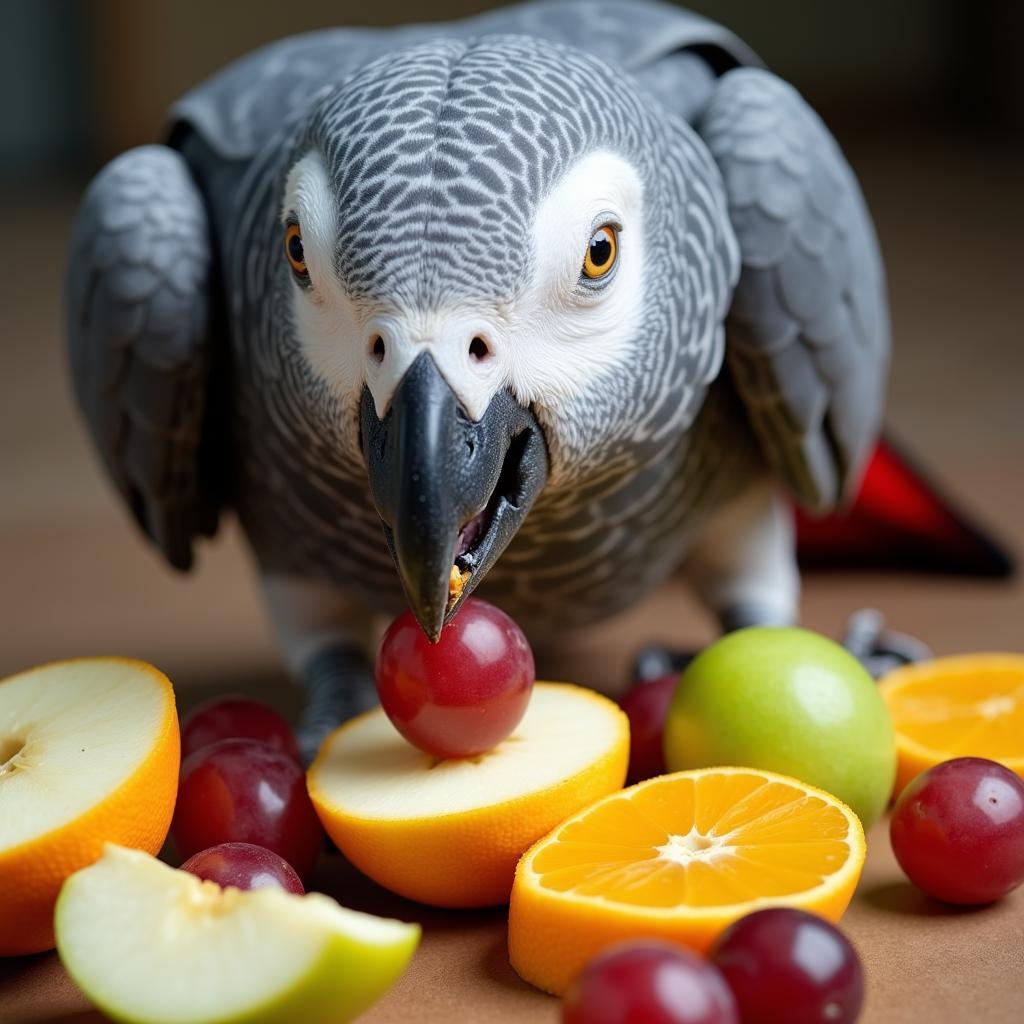The Majestic African Buffalo of South Africa
The African Buffalo South, a formidable bovine creature, roams the savannas and woodlands of southern Africa, captivating wildlife enthusiasts with its raw power and imposing presence. This article delves into the fascinating world of these iconic animals, exploring their behavior, habitat, and the crucial role they play in the delicate ecosystem. We will explore the intricacies of their social structures, their remarkable adaptations to the harsh African environment, and the challenges they face in a world increasingly impacted by human activities.
Unveiling the African Buffalo: Habitat and Characteristics
The African buffalo, scientifically known as Syncerus caffer, stands as a symbol of African wildlife. They are often found in large herds grazing in open grasslands, woodlands, and even mountainous regions across southern Africa, including countries like South Africa, Botswana, and Zimbabwe. These hefty herbivores possess a distinctive appearance, characterized by their thick, dark brown or black hides, powerful shoulders, and impressive horns. These horns, present in both males and females, form a formidable boss that protects their forehead.
The southern subspecies of the African buffalo exhibits some variations compared to its counterparts in other parts of the continent. For example, they tend to be slightly larger and have darker coats. Their adaptability to diverse habitats, from the lush floodplains to the arid savannas, speaks volumes about their resilience and ecological significance. Their grazing habits significantly shape the landscape, influencing plant diversity and even creating pathways for smaller animals. Learn more about the fascinating contrasts between African and Indian buffaloes in this informative article: African buffalo vs Indian buffalo.
The Social Dynamics of the African Buffalo South
African buffalo are highly social animals, living in herds that can range from a few dozen to several hundred individuals. These herds provide protection against predators, such as lions, leopards, and crocodiles. Within the herd, there is a complex social hierarchy, with dominant males often leading the group and younger males vying for position. Females also play a crucial role in herd dynamics, forming strong bonds with their offspring and contributing to the collective decision-making process.
What does an African buffalo eat?
The African buffalo’s diet consists mainly of grasses and other vegetation. They are grazers, consuming large quantities of plant matter each day to sustain their substantial size. Their feeding habits play a vital role in shaping the ecosystem, influencing plant growth and contributing to nutrient cycling. Their powerful digestive systems allow them to extract nutrients from even tough, fibrous plants. You can learn more about other fascinating African cattle breeds and their ecological impact here: African cattle.
Threats and Conservation Efforts
Despite their formidable appearance, the African buffalo south faces numerous threats. Habitat loss due to human encroachment, poaching for their horns and meat, and diseases are among the major challenges to their survival. Conservation efforts are crucial to ensure the long-term survival of this iconic species. Protected areas, anti-poaching patrols, and disease management programs are essential for safeguarding these magnificent creatures and maintaining the ecological balance of southern Africa. Learn more about South African wildlife here: About South African wildlife.
Why is the African buffalo important to the ecosystem?
The African buffalo plays a vital role in the ecosystem as a keystone species. Their grazing activities shape the landscape, influence plant diversity, and create pathways for smaller animals. Their dung provides essential nutrients for the soil, supporting a wide range of insects and other organisms. They are also a crucial food source for large predators, contributing to the balance of the food chain. For a broader perspective on the size comparison between African and Asian elephants, see: African and Asian elephant size.
The African Buffalo South: A Symbol of Resilience
The African buffalo south stands as a testament to the power of adaptation and the intricate web of life in the African wilderness. Their enduring presence reminds us of the importance of conservation efforts and the need to protect the delicate balance of nature. These magnificent creatures embody the spirit of the African savanna, and their continued survival is essential for maintaining the biodiversity and ecological integrity of the region.
Conclusion
The African buffalo south, with its imposing presence and complex social dynamics, continues to fascinate and inspire. Their role in the southern African ecosystem is undeniable, and protecting these magnificent creatures is crucial for preserving the biodiversity of the region. By understanding their behavior, habitat, and the challenges they face, we can work towards ensuring their survival for generations to come.
FAQ
- What is the lifespan of an African buffalo? Typically, 15-20 years in the wild.
- How much does an African buffalo weigh? An adult can weigh between 500-900 kg.
- Are African buffalo dangerous? Yes, they are powerful and can be aggressive, especially when threatened.
- What are the main predators of African buffalo? Lions, leopards, crocodiles, and hyenas.
- What is the social structure of an African buffalo herd? A complex hierarchy with dominant males and strong bonds between females and offspring.
- How do African buffalo communicate? Through a variety of vocalizations, body language, and scent marking.
- What is the role of African buffalo in the ecosystem? They are a keystone species, shaping the landscape and influencing plant diversity.
Common Scenarios and Questions:
- Scenario: Encountering an African buffalo while on safari. Question: What precautions should be taken?
- Scenario: Observing a buffalo herd from a distance. Question: What can their behavior tell us about their social dynamics?
- Scenario: Learning about conservation efforts. Question: How can individuals contribute to protecting African buffalo populations?
Further Exploration:
For further reading, you might be interested in articles about South African money and other aspects of South African culture and economy.
Need Help?
When you need assistance, please contact us:
Phone: +255768904061
Email: kaka.mag@gmail.com
Address: Mbarali DC Mawindi, Kangaga, Tanzania.
We have a 24/7 customer service team available to assist you.




